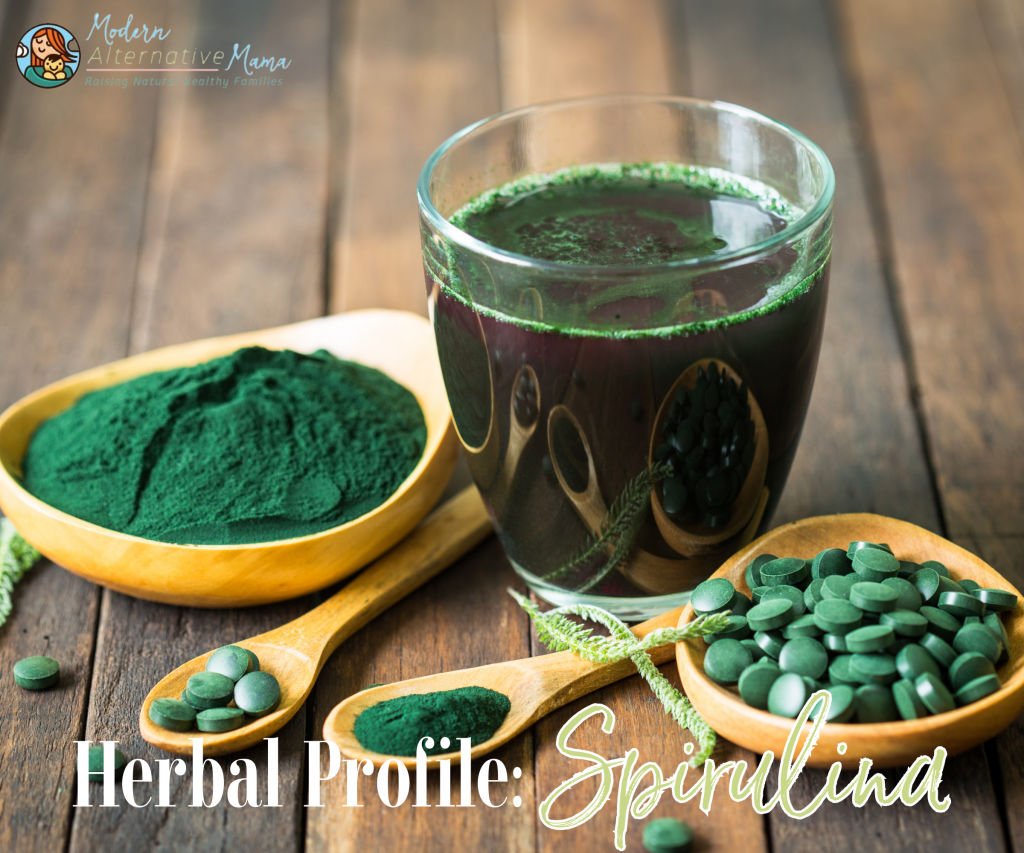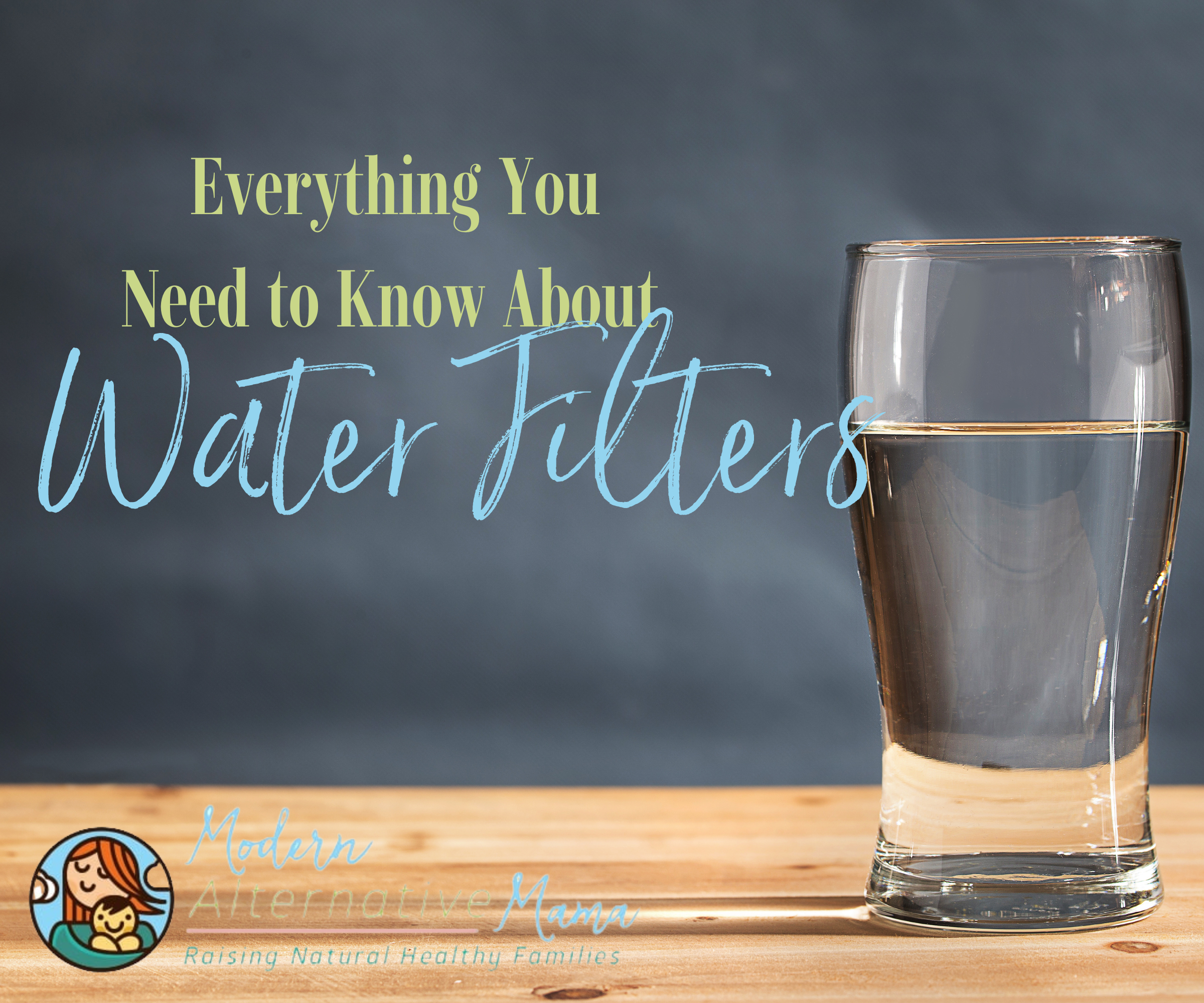What is Spirulina
Spirulina is a blue/green microalgae superfood from the Oscillatoriaceae family. Spirulina is found in fresh or saltwater clusters (1). Spirulina can grow in subtropical alkaline lakes and other forms of water with a temperature above 35 °C (2). There are about 15 species, and they’re usually rod- or disk-shaped. Spirulina’s main photosynthetic pigment is phycocyanin, which is how it gets its blue/green color and contains chlorophyll and carotenoids (3).
Health Benefits of Spirulina
In many countries, spirulina is used in food and is known for its many health benefits, such as:
Rich in Nutrients
Our body needs nutrients to flourish. Without vital vitamins and minerals, our bodies won’t function properly. Both raw and dried spirulina contain vital nutrients, including complete protein, fiber, calcium, iron, magnesium, phosphorus, potassium, selenium, vitamin A, C, E, K, and folate (4,5).
Antioxidant Properties
Antioxidants can help fight damage from harmful free radicals. The buildup of free radicals has been linked to chronic diseases, such as cancer and heart disease (6). Spirulina’s main active component, phycocyanin, can fight free radicals and block the production of molecules responsible for inflammation (7,8). That would explain why spirulina functions as a natural antioxidant and significantly affects total antioxidant capacity (9).
Anti-Inflammatory Properties
Chronic inflammation has been linked with many diseases, such as type 2 diabetes, asthma, and certain cancers (10). Aside from blocking the production of molecules responsible for inflammation, spirulina can manage inflammation in other ways. One study found spirulina reduced the metabolic activity of functional neutrophils, indicating anti-inflammatory activity (11). Another study noted spirulina inhibits histamine release from mast cells and exhibits anti-inflammatory properties (12).
May Help Manage Hay Fever/Allergy Symptoms
Hay fever, also known as allergic rhinitis, is caused by an allergic response that causes inflammation of the lining of your nose. This response occurs due to outdoor or indoor allergens such as pollen, dust, or animals. It is often associated with a runny nose, itchy eyes, congestion, sneezing, and sinus pressure (13). Thanks to its anti-inflammatory properties, research has shown promising results for using spirulina as a natural solution.
Spirulina is popular for its ability to effectively manage symptoms of allergic rhinitis, and there is evidence that it can be effective (14). Of course, we already discussed spirulina’s ability to inhibit histamine release from mast cells, but it can do even more than just that. For instance, in studies, spirulina was more effective than the pharmaceutical drug cetirizine at improving symptoms associated with allergic rhinitis, including inflammation (15).
May Help Manage Symptoms of Anemia
Anemia is a condition that develops as a result of lower-than-normal production of healthy red blood cells. The three common types of anemia are iron-deficient, vitamin B12-deficient, and hemolytic anemia (16). Approximately 1.6 billion people worldwide struggle with anemia, but iron-deficient anemia is the most common (17,18). An iron deficiency can be identified by feeling cold, brittle nails and hair thinning. Adults with low iron levels also have poorer sleep quality (19).
Thankfully, spirulina may be an option for managing symptoms of anemia. Hemoglobin levels are the most common indicator in blood tests for anemia patients; female levels should be between 12 to 16 g/dl (grams/deciliter), while males should be between 14 and 18 g/dl (20). Several animal studies have discovered spirulina can improve hemoglobin levels (21,22,23). In human studies, spirulina supplementation increased hemoglobin levels and improved immune function in patients with a history of anemia (24).
May Help Manage Muscle Weakness & Fatigue
Muscle weakness or fatigue commonly occurs due to lack of exercise, aging, muscle injury, or pregnancy (25). Muscle weakness or fatigue is usually a temporary decrease in the ability to perform physical actions, making moving harder than usual (26). Exercise-induced oxidative damage is one of the most common causes of muscle fatigue (27). Thankfully, studies have found spirulina can help improve muscle strength and endurance (28). In one study, researchers noted spirulina supplementation improved oxygen uptake and could enhance athletic performance (29).
May Lower Blood Sugar Levels
As of 2020, 34.2 million (1 in 10) Americans have diabetes, and another 88 million (1 in 3) Americans have prediabetes (30). One study found two months of spirulina supplementation resulted in lower fasting postprandial blood glucose levels (31). Additionally, a study review had similar findings, demonstrating 0.8-8 grams of spirulina could reduce fasting blood sugar levels in patients with type 2 diabetes. It’s important to note the study review found that after eating, spirulina had no significant influences on hemoglobin A1c or blood sugar levels (32).
May Promote Detoxification
Spirulina plays a crucial role in detoxification, especially from heavy metals. Spirulina can be vital in mitigating heavy-metal toxicity, including arsenic, cadmium, lead, and mercury toxicities (33). Additionally, a study review demonstrated that spirula possesses promising heavy-metal toxicity-ameliorative effects mainly attributed to its intrinsic antioxidant activity (34).
May Support Heart Health
Unfortunately, heart disease is the world’s number 1 cause of death (35). Due to the incredibly complex determinants of heart disease and various possible contributions, it’s hard to pinpoint an exact way to prevent it. Still, you can at least take steps to lower your overall risk. For instance, “bad” LDL cholesterol can build up in your arteries and potentially cause damage (36). That’s where spirulina may come into play.
Another factor of heart disease is oxidative damage, the oxidation of LDL cholesterol or lipid peroxidation (37). Spirulina’s antioxidant content effectively reduces lipid peroxidation (38,39). Another study found spirulina supplementation reduced exercise-induced lipid peroxidation, inflammation, and muscle damage in rugby players (40).
Additionally, spirulina increases nitric oxide generation in the body (41). Nitric oxide improves blood flow and reduces the risk of plaque growth in the arteries, posing positive effects on heart health (42). It’s no wonder various studies demonstrate spirulina’s ability to reduce blood pressure and cholesterol levels. For instance, a study review demonstrated that 1-8 grams of spirulina supplementation could significantly reduce systolic and diastolic blood pressure in patients with high blood pressure (43).
Anticancer Properties
Statistics say that 158.3 of every 100,000 individuals will die from cancer, but what if they didn’t have to (44)? Animal studies have concluded that spirulina has anticancer effects and can reduce cancer occurrence and tumor size (45,46). Human studies have had similar findings, demonstrating spirulina’s role in managing mouth lesions like oral submucous fibrosis (47). Another human study found 1 gram of spirulina had better outcomes than the pharmaceutical drug pentoxifylline in patients with oral submucous fibrosis (48).
Safety Concerns
Mainstream sources have two main concerns regarding spirulina. They claim spirulina harvested in the wild may be contaminated with heavy metals and bacteria. They also claim because of the toxin risk and insufficient research to know if spirulina is safe for pregnant and breastfeeding women, doctors recommend against it (49).
Contrarily, a study tested 25 spirulina brands and concluded all 25 samples were within the recommended daily intake levels (50). Either way, I recommend reviewing product COAs and ensuring that heavy metals (naturally occurring in nearly everything) fall within normal limits. With zero evidence of risks associated with spirulina during pregnancy or breastfeeding, it’s safe to say as long as spirulina has normal levels of heavy metals, it is a safe option for all stages of life.
How to Use Spirulina
Spirulina is predominantly found in pills and powders. Teas, milks, soups, and smoothies are options, especially when following Ayurvedic medicine recipes. Some great articles to check out featuring the use of spirulina include:
Follow the recommendations of any supplement; some of my recommendations include:
- Earthley’s Greens Powder/Capsules is a supplement that combines traditional greens like spirulina and kelp with green tea and nutrient-rich herbs for energy and wellness. High in vitamin and mineral content, this powder boosts your daily nutrition. Enjoy a natural energy boost, improvements to gut health, and an overall feeling of wellness.
- Kos’ Organic Spirulina Powder is a nutritious blue-green algae packed with organic protein, amino acids, and vitamins & minerals such as calcium, vitamin B, iron, potassium, magnesium & niacin. Add some to an acai bowl or green juice!
Disclaimer: This post is not intended as medical advice. These statements have not been evaluated by the FDA, and nothing in this post is intended to diagnose, treat, or cure anything. If you have questions, please do your own research or seek advice from a health professional.







